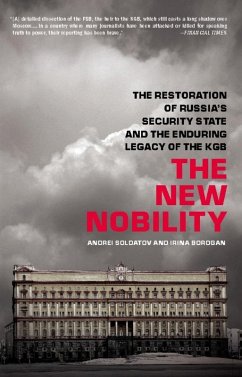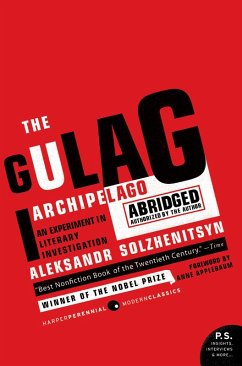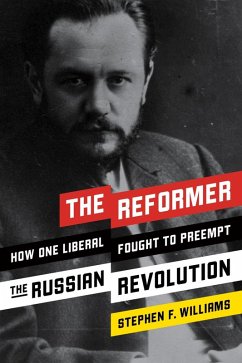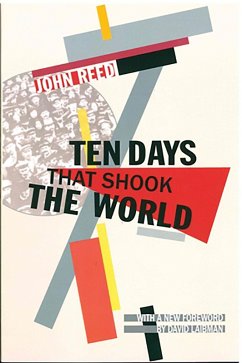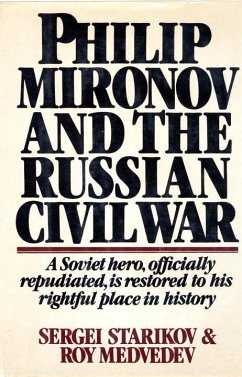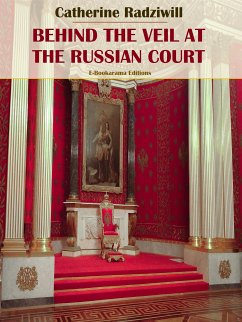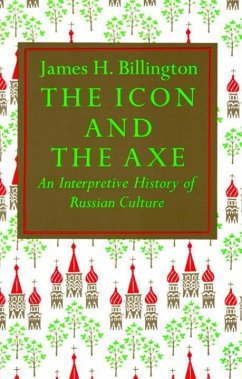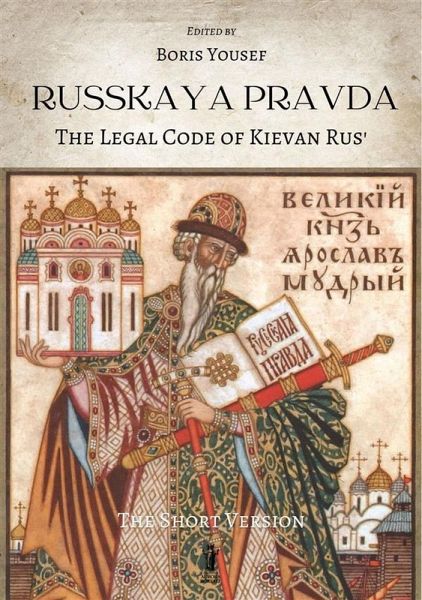
Russkaya Pravda. The Legal Code of Kievan Rus' (eBook, ePUB)

PAYBACK Punkte
2 °P sammeln!
The deepest historical, cultural and spiritual roots of Russian national identity can be found in an ancient kingdom known as Kievan Rus', a state that flourished from the end of the 9th to the middle of the 13th century over a vast geographical area including a large part of today's western Russia, Belarus and Ukraine, from the Baltic and White Seas in the north to the Black Sea coasts in the south. According to the Russian Primary Chronicle, the first ruler to start uniting East Slavic lands into what would become Kievan Rus' was Prince Oleg (879-912). He extended his control from Novgorod s...
The deepest historical, cultural and spiritual roots of Russian national identity can be found in an ancient kingdom known as Kievan Rus', a state that flourished from the end of the 9th to the middle of the 13th century over a vast geographical area including a large part of today's western Russia, Belarus and Ukraine, from the Baltic and White Seas in the north to the Black Sea coasts in the south. According to the Russian Primary Chronicle, the first ruler to start uniting East Slavic lands into what would become Kievan Rus' was Prince Oleg (879-912). He extended his control from Novgorod south along the Dnieper river valley to protect trade from Khazar incursions from the east, and took control of the city of Kiev. Sviatoslav I (943-972) achieved the first major expansion of Kievan Rus' territorial control, fighting a war of conquest against the Khazars. Vladimir the Great (980-1015) then introduced Christianity with his own baptism and, by decree, extended it to all inhabitants of Kiev and beyond. Kievan Rus' reached its greatest extent under Yaroslav the Wise (1019-1054); his sons assembled and issued its first written legal code, the Russkaya Pravda, shortly after his death.
Dieser Download kann aus rechtlichen Gründen nur mit Rechnungsadresse in A, B, BG, CY, CZ, D, DK, EW, E, FIN, F, GR, HR, H, IRL, I, LT, L, LR, M, NL, PL, P, R, S, SLO, SK ausgeliefert werden.




